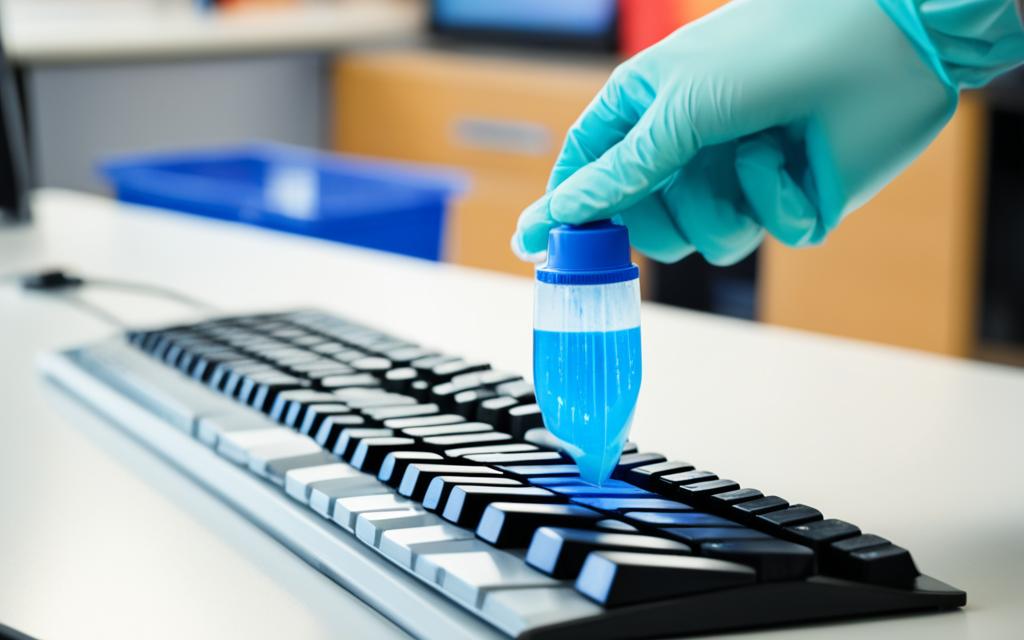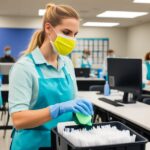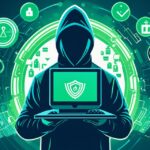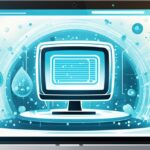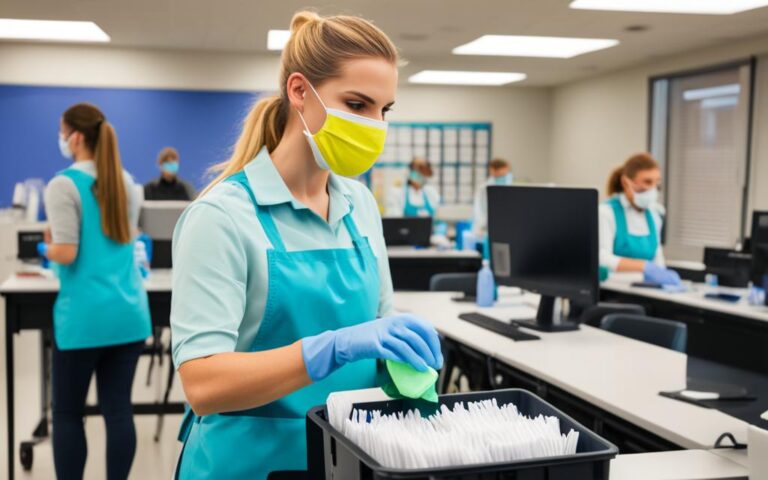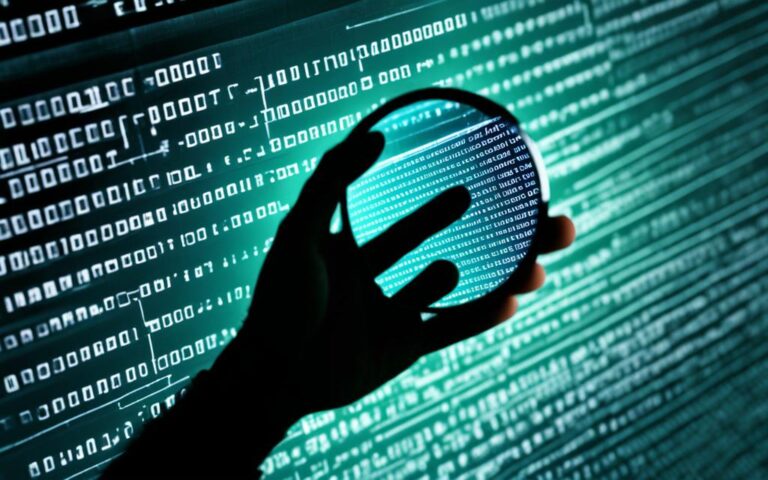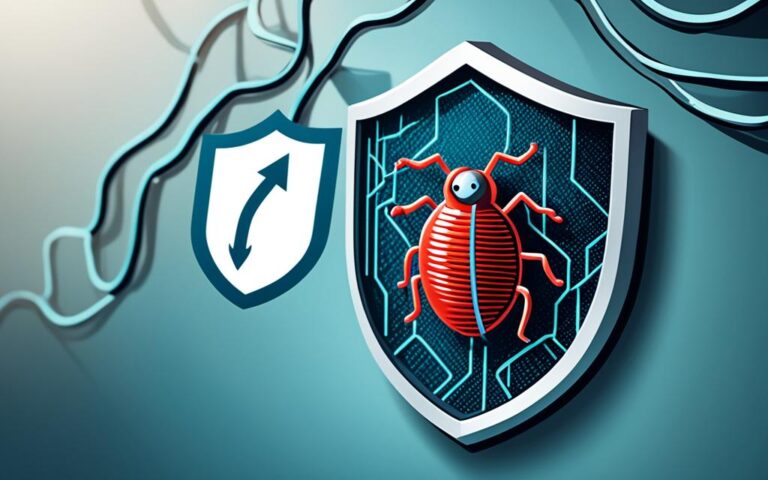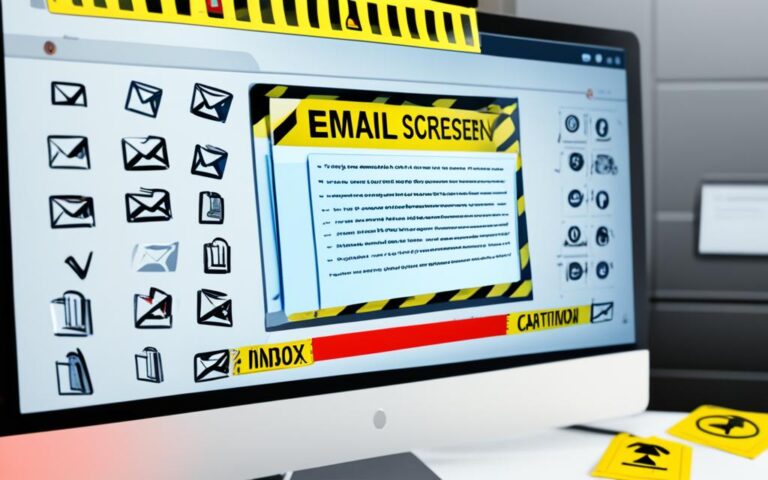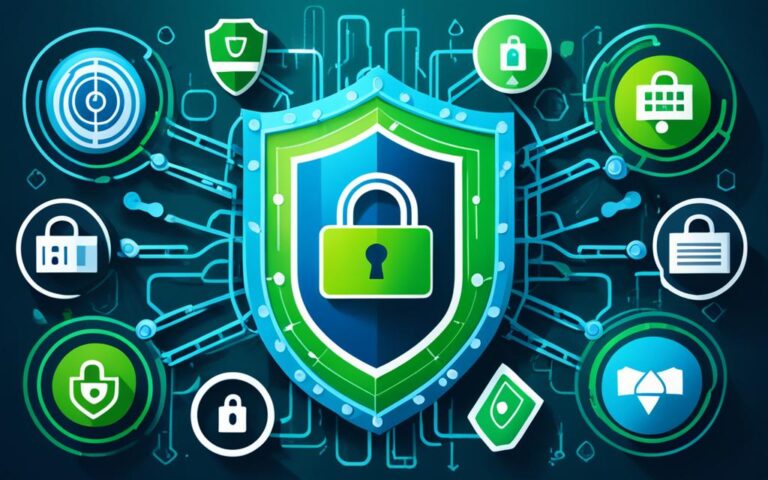Best Practices for Computer Disinfection in Educational Institutions
In today’s digital age, educational institutions rely heavily on computers and technology for teaching and learning. However, with the increased use of these devices comes the need for proper computer disinfection to ensure school cyber safety and the well-being of students, teachers, and staff. Professional cleaning services play a crucial role in maintaining a clean and healthy environment in educational institutions.
Computer cleaning services provide thorough cleaning, disinfection, and sanitization of computer units, keyboards, and mice to eliminate dirt, dust, bacteria, viruses, and other harmful microorganisms. By investing in regular cleaning and maintenance, educational institutions can not only promote health and safety but also extend the lifespan and operational performance of the hardware components.
With the rapid spread of infectious diseases and the importance of hygiene in schools, computer disinfection has gained significant importance. Shared devices like keyboards and mice can be hotspots for bacteria and viruses, making regular cleaning and disinfection essential to minimize the risk of transmission. By implementing professional computer cleaning services, educational institutions can create a safe and secure environment for students and staff.
However, the cleaning and disinfection of devices in educational institutions pose various challenges. The use of soap or detergent, as recommended by the CDC, may not be suitable for 1:1 devices or computers. Additionally, using disinfection products near children or allowing them to handle these products is not advised. Finding cost-effective solutions that do not disrupt class time or overload teachers is crucial for school leadership.
Importance of Computer Hygiene in Schools
Schools play a crucial role in fostering learning and growth for students. However, they are also environments that facilitate the transmission of bacteria and viruses due to close contact among students and faculty members. With shared devices like keyboards and mice, these microorganisms can easily spread from one person to another, posing a risk to the health and well-being of the school community.
Ensuring computer hygiene is a vital component of maintaining school cyber safety. Professional cleaning services specializing in computer hygiene are essential for effectively reducing the transmission of bacteria and viruses in schools. These services employ cleaning, disinfecting, and sanitizing procedures to create a clean computer environment that minimizes the risk of infection.
By implementing proper computer hygiene practices, schools can create a safer learning environment for their students and staff members. Regular cleaning and disinfection of computer systems, peripherals, and shared devices can significantly reduce the presence of harmful microorganisms. This proactive approach not only helps to prevent the spread of illnesses but also promotes overall health and well-being.
“Maintaining a clean computer environment is crucial for protecting the health and safety of students and staff in schools.”
Professional cleaning services ensure that the computer equipment is thoroughly cleaned, disinfected, and sanitized using appropriate products and techniques. These services understand the specific requirements of educational institutions and tailor their cleaning protocols accordingly, ensuring the highest standards of cleanliness and hygiene are upheld.
Moreover, professional computer cleaning services alleviate the burden on school staff members, allowing them to focus on their core responsibilities. Instead of trying to manage computer cleaning on top of teaching and administrative duties, schools can rely on expert cleaning professionals to dedicate their skills and experience to maintain a hygienic computer environment.
The Role of Computer Hygiene in School Cyber Safety
In addition to the health benefits, computer hygiene also plays a crucial role in school cyber safety. Proper cleaning and maintenance of computer systems help safeguard against potential cyber threats and ensure the integrity and security of sensitive data.
By investing in professional computer cleaning services, schools can protect their students and faculty from the physical and digital vulnerabilities associated with poor computer hygiene. Implementing regular cleaning protocols and adhering to recommended best practices significantly reduces the risk of both bacterial and viral infections and cyber attacks.
The Impact of Professional Cleaning
- Minimizes the spread of bacteria and viruses in educational institutions.
- Promotes a healthier and safer learning environment.
- Protects against the risk of cyber threats.
- Preserves the integrity and performance of computer systems.
- Reduces the burden on school staff members.
Implementing professional computer cleaning services in schools is an investment in the well-being and security of the school community. By prioritizing computer hygiene, educational institutions can create a safe and healthy environment that fosters optimal learning outcomes. Ensure that your school’s computer systems are clean, safe, and protected by employing the expertise of professional cleaning services.
Challenges of Cleaning Devices in Educational Institutions
Cleaning and disinfecting devices in educational institutions can present a range of challenges that school leaders and administrators need to address. It is crucial to prioritize school cyber safety and device disinfection while considering the limitations and concerns associated with cleaning protocols and classroom time.
The use of soap or detergent, as recommended by the CDC for effective cleaning, may not be suitable for all devices, especially the 1:1 devices or computers commonly found in educational settings.
Allowing children to use or be exposed to disinfection products also raises concerns due to potential health hazards or improper usage.
In addition, cleaning protocols can consume valuable classroom or teacher planning time, leading to potential disruptions in the efficiency of teaching and learning. Administrators need to strike a balance between maintaining a clean and safe environment and ensuring optimal classroom time.
Finding Cost-Effective Solutions
School leadership must prioritize finding cost-effective solutions that do not disrupt class time or overload teachers. Considering the challenges faced in maintaining cleanliness and device hygiene, exploring alternative cleaning methodologies and technologies becomes essential.
Implementing systematic device cleaning and disinfection procedures is crucial to safeguard the health and well-being of students and staff.
One possible solution is to deploy UV-C technology, which can provide a fast and effective method of device disinfection without the need for harmful chemicals or extensive cleaning protocols. UV-C disinfection cabinets offer the advantage of disinfecting multiple devices simultaneously in just a matter of minutes, significantly reducing the time and resources required for device cleaning.
Balancing Cleaning Protocols and Classroom Time
To address the challenge of cleaning protocols impacting classroom time, schools can adopt efficient strategies, such as scheduling regular cleaning during non-instructional hours or assigning specific personnel dedicated to device disinfection. Implementing clear guidelines and routines for students and staff regarding device hygiene can also help minimize the need for frequent cleaning during classroom time.
By finding the right balance between maintaining a clean and safe learning environment and optimizing classroom time, educational institutions can overcome the challenges associated with device cleaning and disinfection.
“Maintaining school cyber safety through proper device disinfection protocols is crucial for creating a safe and healthy educational environment.”
| Challenges | Solutions |
|---|---|
| 1:1 devices or computers | Explore alternative cleaning methodologies, such as UV-C technology |
| Health hazards | Adopt UV-C disinfection, avoiding harmful chemicals |
| Classroom disruptions | Schedule cleaning during non-instructional hours, assign dedicated personnel for disinfection |
Addressing the challenges of cleaning devices in educational institutions is vital for maintaining school cyber safety and promoting a healthy learning environment. It requires a proactive approach that balances the need for cleanliness and hygiene with the efficient use of classroom time.
UV-C Technology as an Innovative Disinfection Solution
UV-C light technology has emerged as an innovative solution for disinfecting devices, surfaces, and air in educational institutions. With the rise in school cyber safety concerns, maintaining a clean and hygienic environment is crucial for the well-being of students and staff.
By utilizing UV-C disinfection cabinets, schools can efficiently disinfect a large number of smartphones or laptops in just minutes. This technology harnesses the power of UV-C light to destroy pathogens and minimize the risk of transmission.
The advantages of UV-C technology extend beyond its effectiveness. UV-C-based disinfection solutions offer a quiet and fast approach to disinfection, allowing educational institutions to maintain a peaceful environment conducive to learning. Furthermore, these solutions are relatively affordable, making them accessible to schools with varying budgets.
Moreover, UV-C technology aligns with funding options such as the ESSER (Elementary and Secondary School Emergency Relief) funds provided by the U.S. Department of Education. It also supports initiatives like the Clean Air in Buildings Challenge, enhancing indoor air quality alongside device disinfection.
Exploring UV-C technology presents schools with a simple yet powerful solution to effectively disinfect devices, surfaces, and air, ensuring a safer and healthier learning environment for all.
Proper Cleaning Practices for Educational Technology
Routine cleaning and disinfection of educational technology is essential for maintaining a hygienic and safe learning environment. This includes keyboards, monitors, mice, phones, iPads, laptops, and laptop trolleys. By regularly cleaning and disinfecting these devices, schools can reduce the risk of germ transmission and promote school cyber safety.
When cleaning educational technology, it is important to use suitable products that are safe for the devices and effective against pathogens. Each device may require a different type of cleaner, so it’s essential to refer to the manufacturer’s guidelines for the recommended cleaning solutions. Using the wrong products can potentially damage the equipment or void warranties.
Here are some best practices for cleaning educational technology:
- Turn off the devices before cleaning them to avoid any potential damage.
- Do not spray disinfectant directly onto the devices as it may seep into sensitive components. Instead, use a clean microfiber cloth dampened with an appropriate cleaning solution.
- Gently wipe the surfaces of the devices, paying extra attention to areas that come into frequent contact with hands, such as keyboards and touchscreens.
- Use a separate cloth for each device or disinfect the cloth between uses to prevent cross-contamination.
- Ensure the devices are completely dry before turning them back on to avoid any electrical issues.
Note: Always follow the specific cleaning instructions provided by the manufacturer for different types of technology used in classrooms, such as Promethean Panels, iPads, and monitors.
| Device | Cleaning Solution |
|---|---|
| Keyboard | Isopropyl alcohol wipes or mild soap and water |
| Monitor | Mild glass cleaner or a solution of vinegar and water |
| Mouse | Isopropyl alcohol wipes or mild soap and water |
| Phone | Isopropyl alcohol wipes or a mixture of water and a small amount of dish soap |
| iPad/Tablet | A microfiber cloth dampened with water or an alcohol-free cleaning solution specifically designed for screens |
| Laptop/Laptop Trolley | Isopropyl alcohol wipes or a mild disinfectant spray |
Tips for Effective Cleaning:
“Regular cleaning and disinfection of educational technology devices not only helps maintain a clean and healthy environment but also promotes school cyber safety by reducing the risk of germ transmission. By following the manufacturer’s guidelines and using suitable cleaning products, schools can ensure the longevity of their technology investments while prioritizing the well-being of students and staff.”
By implementing proper cleaning practices and adhering to the manufacturer’s guidelines, schools can create a clean and safe environment for students and staff. Regular cleaning and disinfection of educational technology devices significantly contribute to school cyber safety by reducing the spread of germs and maintaining a hygienic learning environment.
Conclusion
Maintaining school cyber safety through proper computer disinfection practices is vital for creating a safe and healthy educational environment. By prioritizing computer hygiene, educational institutions can ensure the well-being of students, teachers, and staff.
Professional cleaning services play a crucial role in eliminating harmful microorganisms from computer systems. They have the expertise and resources to thoroughly clean and disinfect devices, surfaces, and air, promoting a clean and hygienic learning environment.
UV-C technology offers an innovative, fast, and cost-effective solution for disinfection. By harnessing the power of UV-C light, educational institutions can quickly and efficiently eliminate pathogens from various surfaces, reducing the risk of transmission.
In addition, adhering to proper cleaning practices and using suitable products further enhances cleanliness and reduces the risk of pathogen transmission. Following manufacturer’s guidelines, using appropriate cleaning products, and employing proper techniques are essential to maintain the longevity and performance of computer equipment.
Creating a secure environment for learning is essential for school cyber safety. By giving due importance to computer cleanliness and hygiene, educational institutions can ensure the well-being of their students, promote a healthy educational environment, and actively contribute to maintaining school cyber safety.
